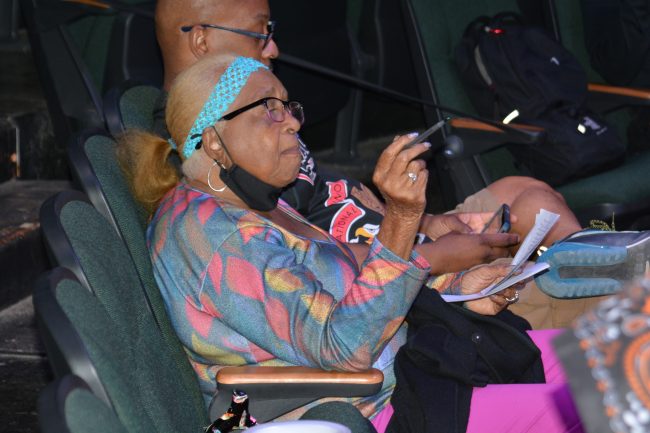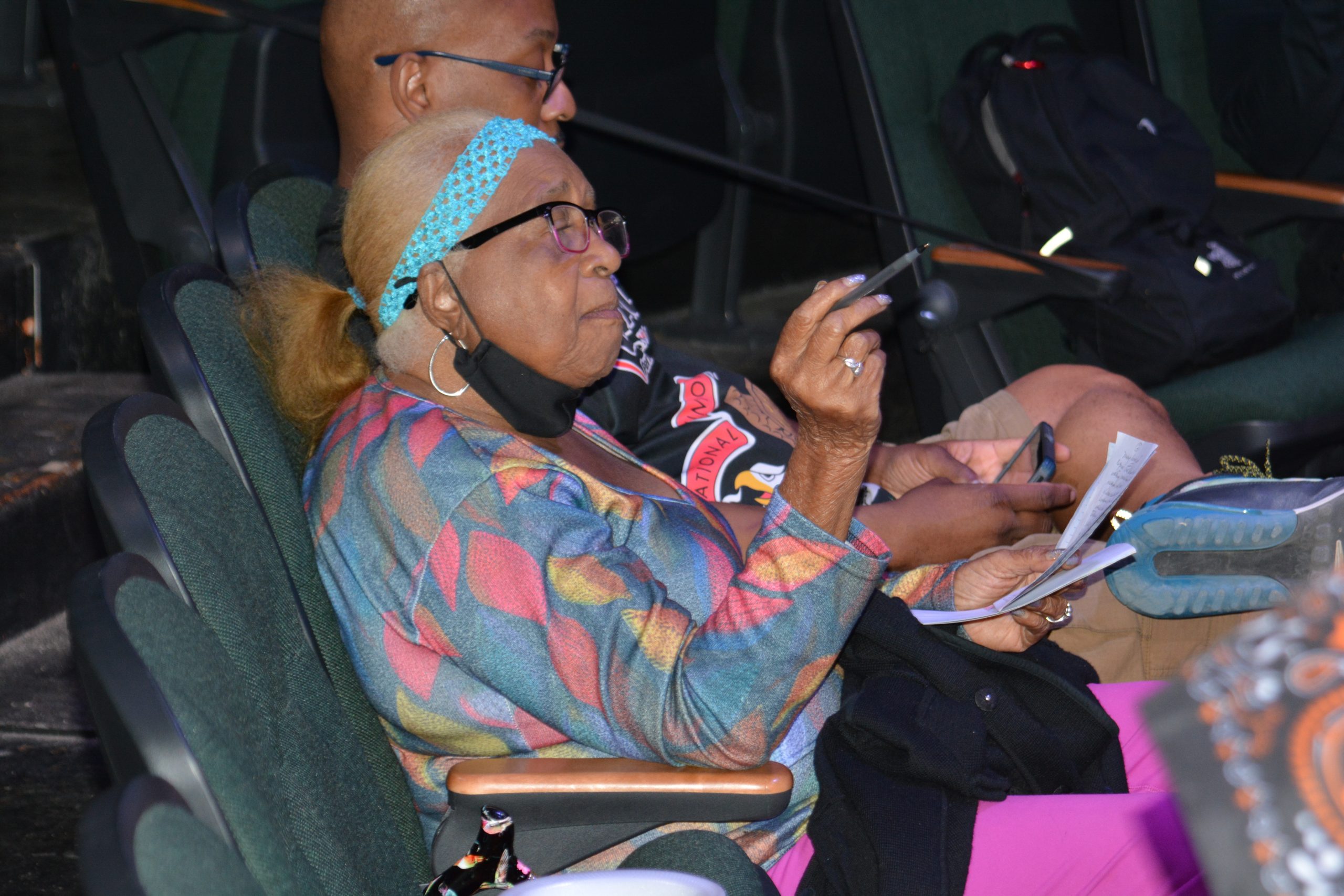|
Getting your Trinity Audio player ready...
|

For the same generation that was around for the airing of “The Cosby Show;” TV series “227” established a sardonic charm towards its audience (without the moral quandary most older fans get when looking to watch Bill Cosby). A mostly Black cast, written in part by an African American woman behind the scenes, “Two Twenty-Seven” was released in 1985 and ran for five years. Eventually, it had a spin-off before dwindling in popularity and until the year 2022, it was barely remembered.
The recreation of “Two Twenty-Seven” as a 3-hour theater play was brought into production at the ETA Creative Arts Foundation, a small nondescript building unlike the importance of taking presence inside. Christine Houston, the head screenwriter of the TV series and the creator of the play originally, brought back “Two Twenty-Seven” for the fans as a condensed but not nearly as watered-down play right for old and new fans.
Much of the play included many of the key characters, all with the same relations, problems, and key introductions. Aside from the obvious name changes. The style of exposition and information dump that you normally see in the first 30 minutes of a play was done, not by coincidence, through the unhinged gossip of our main characters that we see the story revolve around. This gossip continues between the story of each character, and essentially is the reason behind the problems that arise.
 In watching “Two Twenty-Seven,” the characters like many people in the audience including yourself, have mundane concerns and mainly humdrum lives within their small apartment. And like many of us who happen to live in a rundown building, at the end of the day, many of the characters eventually look to move to a better place or have something better. Whether it’s a better marriage, friend, or job.
In watching “Two Twenty-Seven,” the characters like many people in the audience including yourself, have mundane concerns and mainly humdrum lives within their small apartment. And like many of us who happen to live in a rundown building, at the end of the day, many of the characters eventually look to move to a better place or have something better. Whether it’s a better marriage, friend, or job.
Like the show, it takes place in a very accurate time when it was considered possible to act too white, in terms of how they dress and talk, but at the same time can look too Black to be attractive to some. Surprisingly, this isn’t spoonfed through the lives of the adults but through their children. Taking examples from their parents and displaying them amongst themselves in a much more explicit manner than their parents.
Even this aspect is directly inspired by today’s familial experiences. And shows that as we grow up, we look towards our caretakers for guidance even if children don’t explicitly ask for it.
The renderings of our main sarcastic character saying everything others think but don’t say in a way remind many of their own special people, whether it’s a sardonic grandmother with no filter or a nosy neighbor.
“I didn’t like the main character but that’s why it was good – she was real,” expressed an audience member.
Written by Brielle R. Buford
Images Courtesy of Gricelda Chandler – Used With Permission



